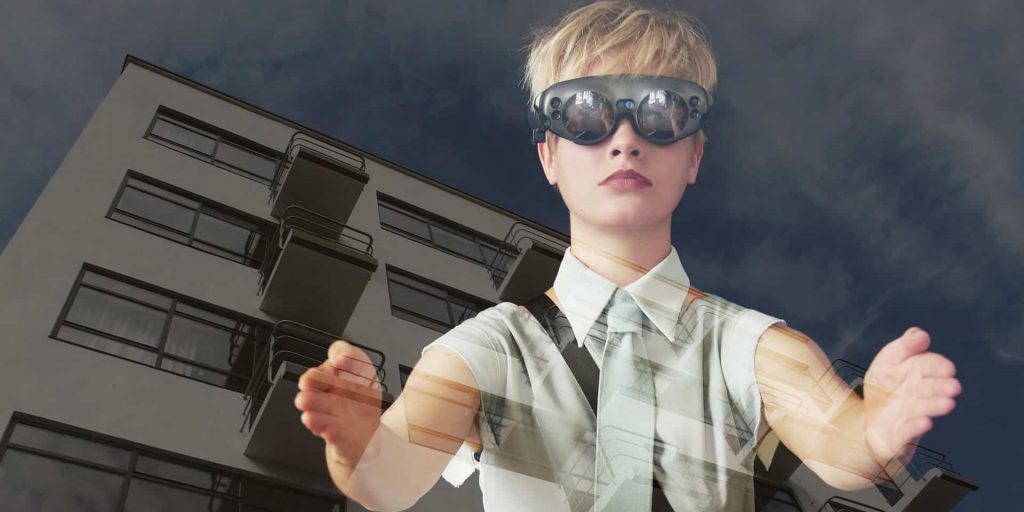
The treacherous look through the glasses
The Treachery of images – La trahison des images
The treacherous look through the glasses
If one takes the concept of augmented reality literally, it can describe all forms of art: Finally, every picture and every sculpture, every literary or musical work and, above all, every staging is conceived and suitable as an extension of reality. However, thanks to its progressive development, the term has expanded and concretized itself: With special glasses, which can mix virtual images into actual appearances, a new level of what can be shown and narrated is created. “The Betrayal of Images” is based on this technology – a performative journey that will lead through the Dessau Masters’ Houses, the Georg Kolbe Museum in Berlin and the Saxony-Anhalt State Representation in Brussels on the occasion of the 100th anniversary of the Bauhaus. NICO AND THE NAVIGATORS thus present their most recent work at three important locations of Classical Modernism: While the Bauhaus masters Georg Muche and Oskar Schlemmer once researched the future of design and representation in the double dwelling house, icons of sculpture … also in association with designs by Walter Gropius or Ludwig Mies van der Rohe … were created in Georg Kolbe’s studio, built in 1928/29 and designed by the Swiss Ernst Rentsch and the Bauhaus student Paul Linder … also in association with designs by Walter Gropius or Ludwig Mies van der Rohe. Finally, the Brussels representation of Saxony-Anhalt was designed in 1969 by the Bauhaus student Franz Ehrlich as a GDR embassy and formally refers to the historical Hochschule für Gestaltung.
With the help of Magic Leap glasses, which currently represent the best available version of Augmented or Mixed Reality, “The Betrayal of Images” will question the reliability of the visible and the manipulation of perception. In times of fake news and antisocial networks, the gaze through the glasses should allow a changed perception of apparently secure insights; the expanded reality contradicts the mere appearance. There is a good reason why this game is based on the secular celebration of the Bauhaus: after all, after the rather esoteric and craft-oriented beginnings in Weimar, the slogan “art and technology – a new unity” was proclaimed at the latest with the move to Dessau. And if one looks at the numerous photographic experiments of the Bauhäusler, one finds the double exposure and the overlapping of different motifs as a recurring element … proof of the enormous interest in the most modern methods of optical representation, as they are currently developing in augmented reality.
In terms of content, “The Betrayal of Images” will cover a broad spectrum: The biographies of the former house builders and owners alone (as well as the fates of the other Bauhaus masters and students) illustrate the greatness and limits of Classical Modernism – from Schlemmer’s initial fame and later ostracism to Muche’s inner emigration and Kolbe’s ambivalent role in National Socialism to Franz Ehrlich, who, as a concentration camp prisoner in Buchenwald, had to design the cynical gate inscription “Jedem das Seine” (“To each his own”) … this also bears witness to the typography inspired by the Bauhaus. In addition to these biographical distortions, in the light of which a “betrayal of images” can also be understood ideologically, the aesthetic approaches and contents that are today directly linked to the Bauhaus and beyond with the art of the 1920s and 1930s must also be discussed anew – questions about reduction in formal language, about the relationship between “ornament and crime” that Adolf Loos claimed back in 1908, about the relationship between figure and sound in space, about synaesthetic perception and the human being as the measure of all things and norms …
NICO AND THE NAVIGATORS, who are able to realize their production “The Betrayal of Images” as Artists in Residence of the Bauhaus Dessau Foundation, funded by the German Federal Cultural Foundation, are once again working with performers in the border area between language and movement, in which the historical role models also labored – as well as for the first time with a technology that is largely unexplored in such a theatrical context. A special role in Dessau and Berlin will also be played by the outdoor areas of the theatres, which resemble each other in a surprising way: Like the Bauhäusler, Georg Kolbe also chose a pine protection as a building site for his “Sensburg”, which, despite its brick construction, reveals astonishing architectural parallels to the Dessau settlement. The fact that the individual scenes still have to be adapted on site makes each station the setting for its own premiere. This is also a challenge and a special attraction of “The Betrayal of Images”, which is shown in several performances per day due to the immense technical and logistical effort of a relatively small number of spectators.
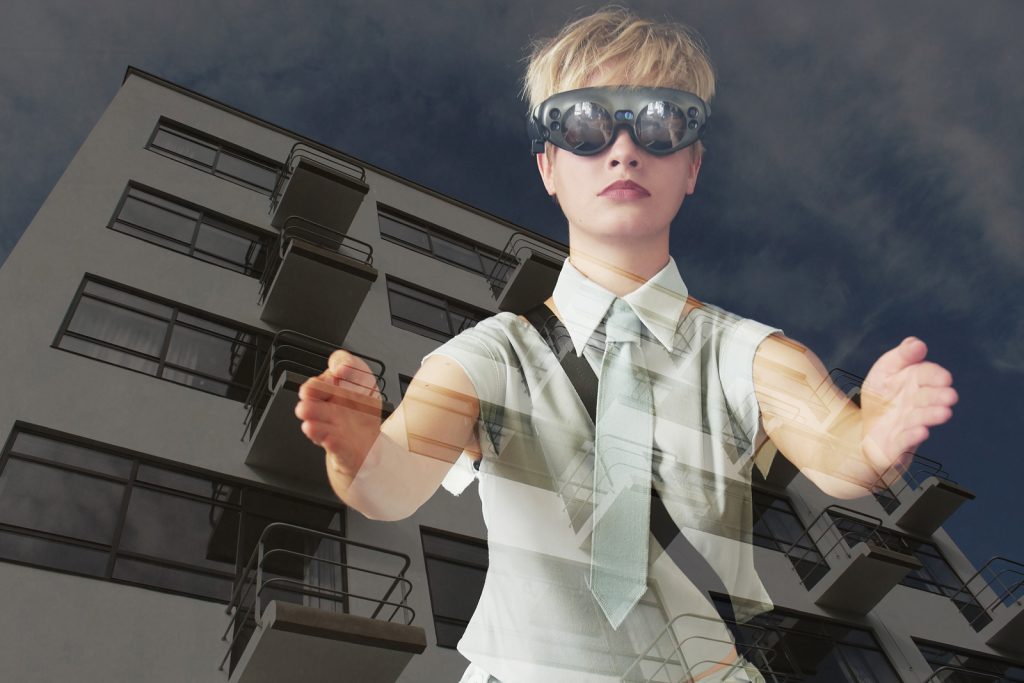
“Thanks to elaborately programmed AR glasses, the journey through time is not only textually grounded and fabulously acted, but also precisely reinforced in its effect by amazing virtual effects of ‘augmented reality’ … It adds up to a kaleidoscope on this intelligent, educational journey through time that gives a conclusive impression of the multifaceted nature of the Bauhaus.”
The renowned Berlin theater group Nico and the Navigators invites you to a special Bauhaus research at the Masters' Houses in Dessau. Now the innovative theater group Nico and the Navigators once again lives up to its name: If venturing out into the unknown, navigating new terrain, has always been the aesthetic concept of the collective with changing participants, which was started 21 years ago by Nicola Hümpel and Oliver Proske at the Bauhaus Dessau, the production "Betrayal of Images" is also now about an artistic expedition of a special kind. The approximately 70-minute piece has the matrix of the Bauhaus, which was founded 100 years ago in Weimar, as its theme - and as a double backdrop. The play takes place at and in the master houses in Dessau, but it also plays with an augmented reality that ranges from testimonies of the Bauhäusler and German history to our technology-driven present. Thanks to elaborately programmed AR glasses, the journey through time is not only textually grounded and fabulously acted by Annedore Kleist, Patric Schott, Michael Shapira and Pauline Werner in alternating historical roles, but also amplified in its effect by amazing virtual effects of "augmented reality". Historical vegetable stock Visitors, fortified at the beginning by a delicious vegetable stock personally cooked by director Nicola Hümpel according to a historical recipe, can cover the stairs in the Muche/Schlemmer house with colored cuboids, pyramids and spheres. Later, electronic actor-clones interact with the "real" actors on stage. Unlike the audience, they don't wear glasses, but they have to move in this colorful society on cue and relate to the virtual reality in the fictional game. And, holding a multifunctional stick in their hands, they can also paint their own pictures in the space. What Oliver Proske, who is usually responsible for the stage, space and lighting of Navigators productions, has "tinkered" here together with programmers is challenging for both sides, artists and audience alike. But the playful reach into the possibilities of the future is not only a game, but of course has a direct connection to the history of the Bauhaus, which itself was just as fond of playfulness as it was of experimentation, multifaceted anyway - and also contradictory. All of this comes up directly in the quotations from the Bauhäusler, including pre-gymnastic body cult, esoteric digressions, highly peculiar and dangerously sectarian-seeming rules for the procreation of healthy, "high-quality" offspring. Alongside these are critical words from the Bauhaus about the Bauhaus, for example from Gropius' successor and advocate of Neues Bauen Hannes Meyer, who was dismissed as director in 1930 for political reasons. Multiformity becomes plastic This intelligent, educational journey through time creates a kaleidoscope that gives a coherent impression of the multifaceted nature of the Bauhaus. Gertrud Grunow, for example, who was actually a singer and took care of the "harmonization theory" at the Bauhaus, comes up with murmuring sentences like this: "Clearly the inhibited intellectualist can be distinguished from the flowing naïve person, clearly the nature of the woman from that of the man...". You can think about that for a while. Or not. One word of the painter Lyonel Feininger, on the other hand, can be effortlessly and profitably passed on to the cultural-political debates of the present: "Art is not luxury, but necessity". This also applies in full to the production "Betrayal of Images," a double-meaning title, by the way: The images, real-fictional as well as virtual, reveal something about the Bauhäusler and their cosmos of ideas - and at the same time the betrayal of these ideas and many of their bearers is meant, who were hated, ostracized, persecuted and also killed by the National Socialists. At the end of the impressive, successful play, the Jewish emigrants are remembered - and those Bauhäusler who did not succeed in escaping from Germany. Portraits of women and men are now provided by the AR glasses. And images of concentration camp barracks. Virtual reality is helping to remind us of history.
“‘Verrat der Bilder’ is not a homage to the Bauhaus, not a bow to Gropius and the other teachers who call themselves ‚masters’ and who are often quoted in passing in the play … Getrud Grunow and Karla Grosch … together they are the ones who get even with the machos in the Muche house, who acted so progressive but then preferred to stick to the role models that were so familiar to them.”
Bauhaus - "Nico and the Navigators" deal with the credibility of appearances and with the betrayal of images on the occasion of the 100th Bauhaus anniversary. Dessau / MZ - Somehow everything was Bauhaus, back then, in the 1920s. At least if one is to believe the city marketing and the media up and down the country. Whatever was painted, built, carpentered or pottered somewhere: It was Bauhaus, if only it had no flourishes. Nonsense and yet correct On the one hand, this is utter nonsense. On the other hand, the statement that somehow everything was Bauhaus is completely true. If you hit it like the theater troupe "Nico and the Navigators" did in their latest play "Betrayal of Images." It should be noted in advance: if you want tickets, you have to hurry, there are only 23 (in words twenty-three) per performance. Which is due to the narrowness of the venues - the Dessau master houses Muche and Schlemmer, which not even augmented reality helps to escape. More about that later. For Nicola Hümpel, "Verrat der Bilder" is a return to the Bauhaus. Her official vita conceals it, but before studying at the Hochschule für bildende Kunst in Hamburg, she attended the stage class at the Dessau Bauhaus in the early 1990s and staged her first play in Dessau. Now, almost 30 years later, she and her fellow actors Oliver Proske and Andreas Hillger are making the Bauhaus their subject. "Betrayal of Images" is not a tribute to the Bauhaus, not a bow to Gropius and the other teachers who call themselves "masters," who are often quoted in passing in the play. Johannes Itten (Michael Shapira) makes an appearance, after all, the color magician and follower of the esoteric Mazdaznan doctrine. Ernst Neufert (Patric Schott), briefly a Bauhaus student and later office manager for Gropius for a few years, is offered up as his counterpart. An architect whose standard work is now simply called "Der Neufert" and which, among other things, meticulously stipulates how much space there must be under a piece of furniture so that a woman can wipe there: Neufert unrolls a short measuring tape - ten centimeters. But it also says that pigs need something to play with in stables, which makes Neufert the right man to present Gropius' last German design: a pigsty - no joke - for Philip Rosenthal, the boss of the porcelain manufacturer of the same name. Bauhaus - and it's still okay to laugh? In "Betrayal of Images," that's allowed. If Itten and Neufert were Bauhaus, then so were Gertrud Grunow (Annedore Kleist) and Karla Grosch (Pauline Werner). Grunow introduces visitors to the dress rehearsal to the color harmony and teaches them how to see with augmented reality glasses that make virtual things appear in the middle of the room. "Do you see the bullet?" Reckoning with the macho Grosch, on the other hand, celebrates "health gymnastics working through the body." And both of them together are settling accounts with the machos in the House of Muche, who acted so progressive, but then preferred to stick to the role models that were so familiar to them.



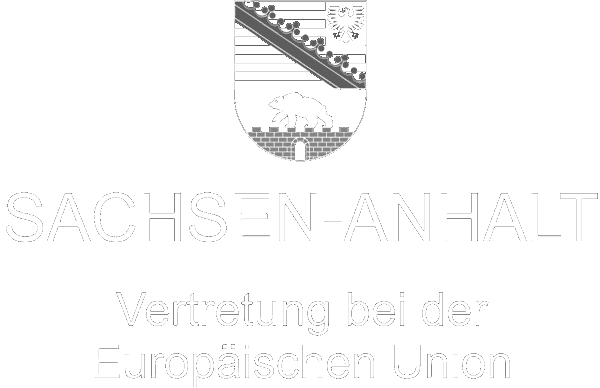

Tickets for this date are not available yet. Leave your mail adress to get notified when tickets are available.